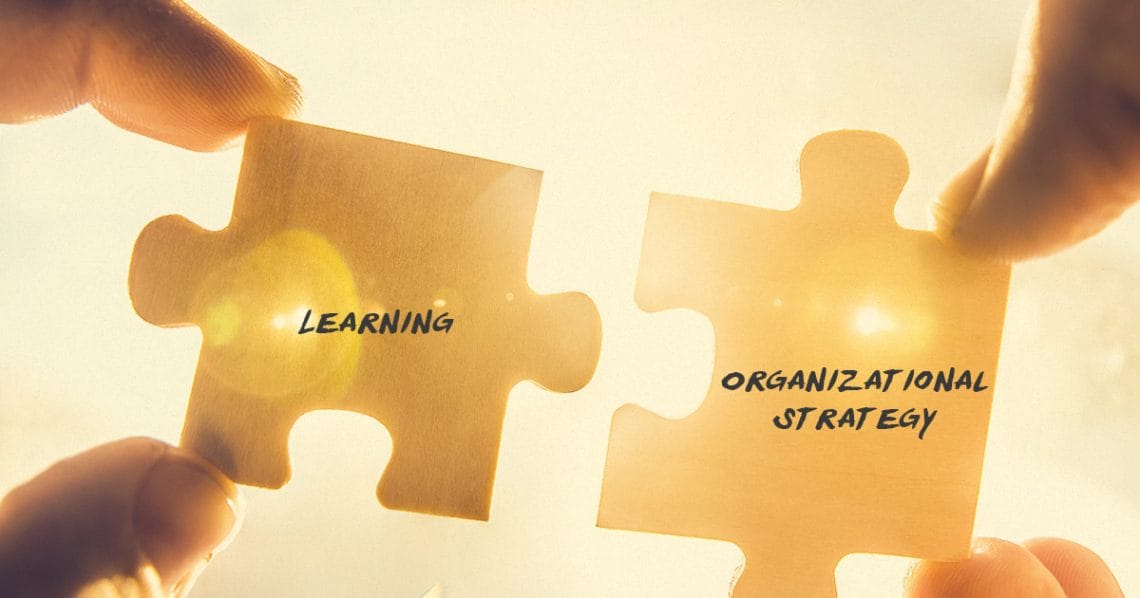
A single disengaged employee can cost an organization $50,000 per year
According to a 2017 LinkedIn report, the cost of a disengaged employee to an organization can be as high as $50,000 per year. Even a handful of disengaged employees can make that cost skyrocket, presenting a significant challenge to be addressed by Chief Learning Officers and their teams.
While hard dollars are an important metric used to quantify a challenge, they do not tell the whole story. This raises an important question for the CLO: Why is even one employee disengaged?
Creating a Sense of Purpose for Learners
Research shows that what drives an employee above all is a sense of inspiration and purpose, such as when an employee feels that they are contributing to a broader impact goal.
A great example here is the old story of two two bricklayers, both asked by a passerby what they are doing. The first bricklayer says, “I am laying brick.” The second bricklayer says, “I am building a cathedral.” Today, perhaps this version of the same story would be more relevant: A passerby asks two developers what they are doing. The first developer says, “I am writing code,” whereas the second developer responds, “I am helping put a man and a woman on Mars.”
So the question to Chief Learning Officers and learning and development professionals is: How do we create learning that is purposeful to ensure that talent is engaged?
One way to do this is to look at organizational goals. Talk to the business leaders in the trenches. What is the purpose of their division? What are their biggest challenges? What problems are they trying solve? Which skills do they need their people to have in order to add most value to their division and organization at large? From there, work backwards to achieve alignment.

Establish Alignment to Impact the Bottom Line
To align learning, work with your instructional design teams to ensure that they are incorporating and articulating the end business goals in your learning modules. To align content (especially content you are deploying internally from external sources), ensure that it has learning objectives that align with your business needs and goals.
Alignment requires relentless measurement. Establish metrics early on and use them to measure outcomes that matter to the line of business, the organization and, above all, the learner (i.e., learner engagement).
After all, you want to ensure they are inspired and engaged, not only to improve employee retention and development, but also, to ensure that your organization’s bottom line will never have to show $50,000 in losses due to unengaged employees.
Are your learning programs impacting the bottom line? Learn how to improve the ROI of your social learning programs in our free whitepaper, Measuring the Impact of Informal Learning.

About the author
Marina Theodotou is the director for professional development at the Computer Science Teachers Association and is pursuing a doctorate in education focusing on the alignment of learning and skills to organizational goals.
